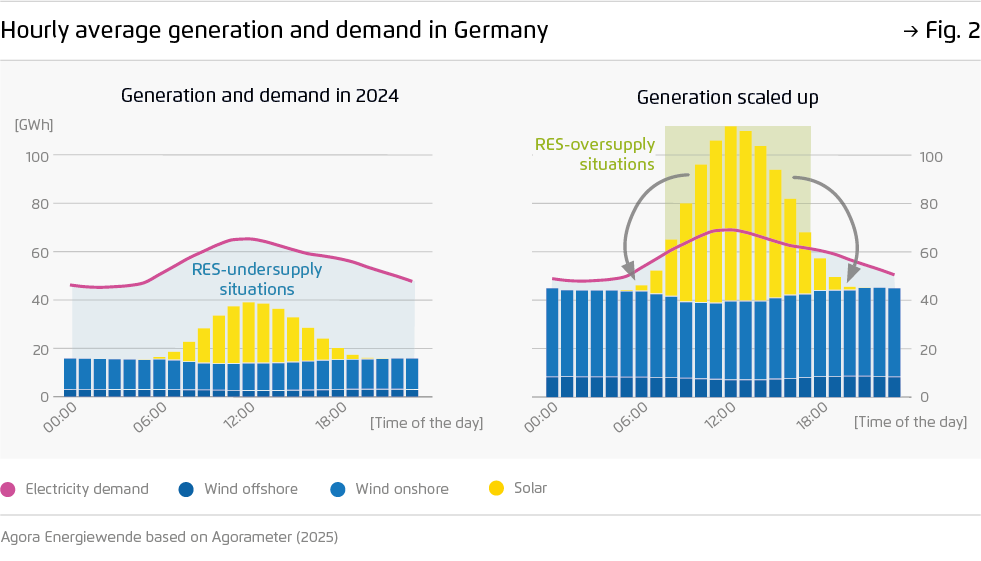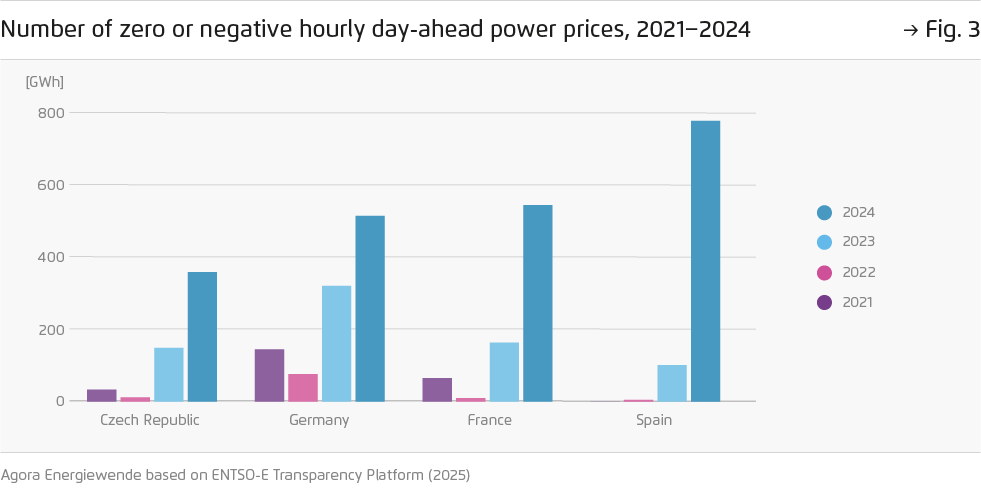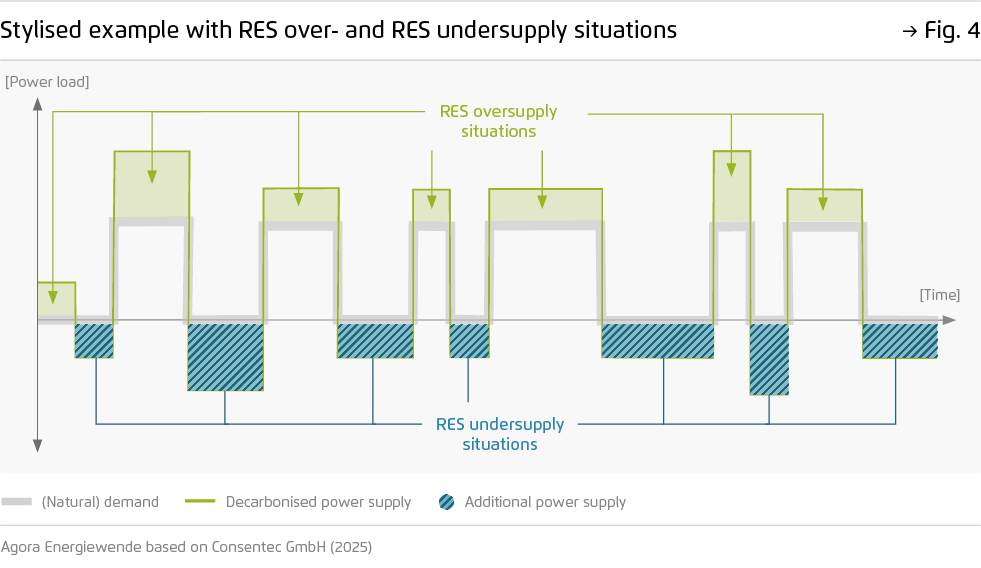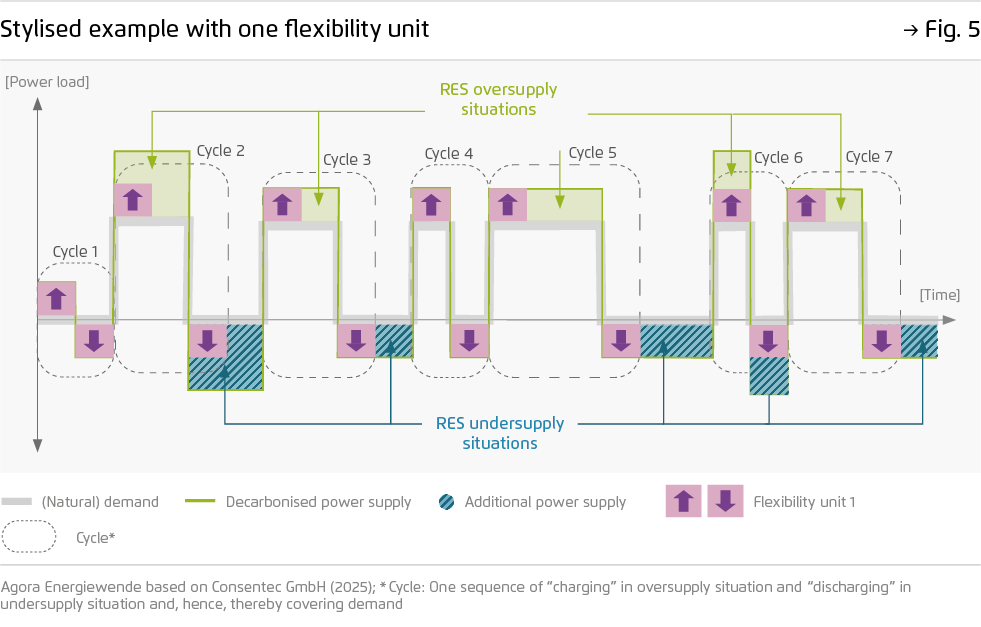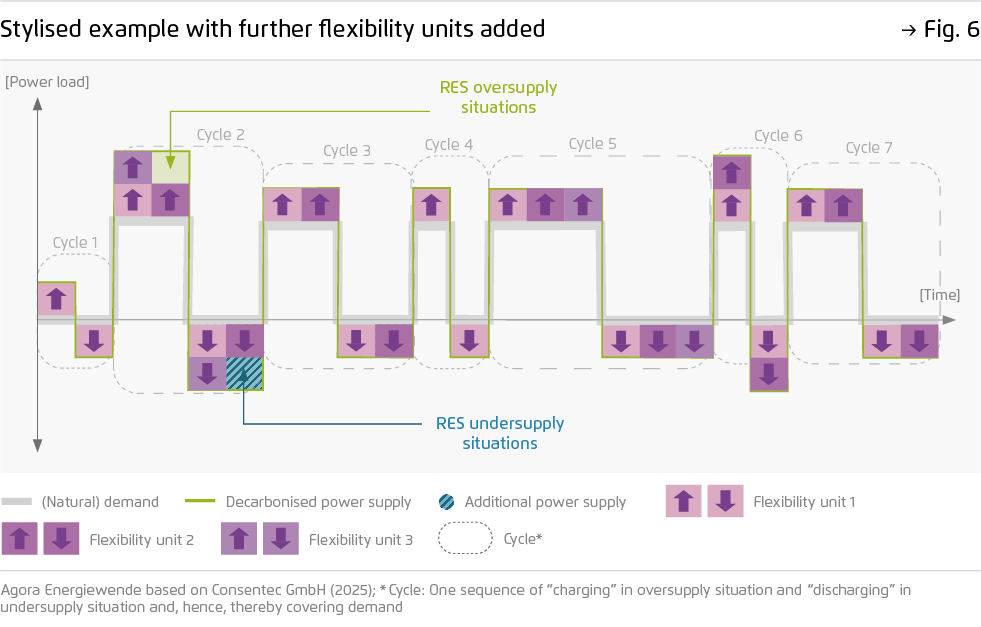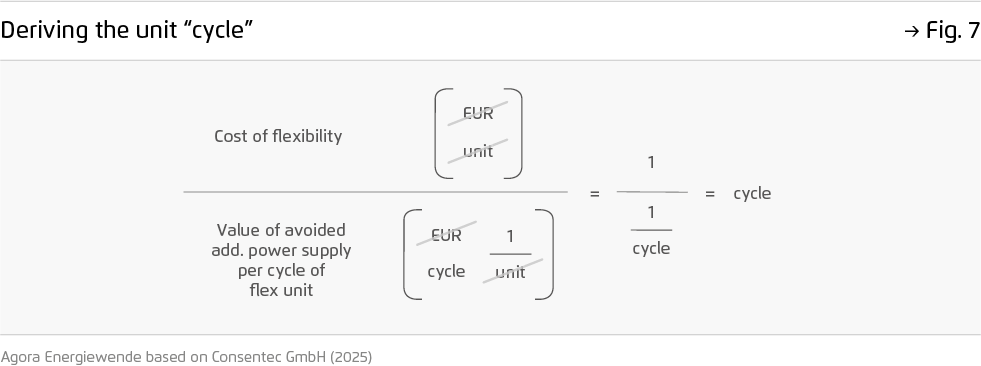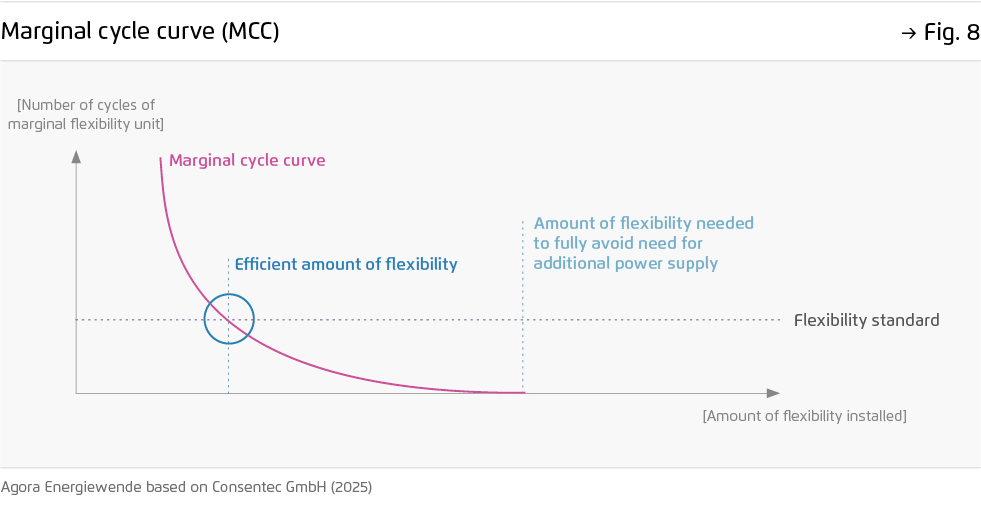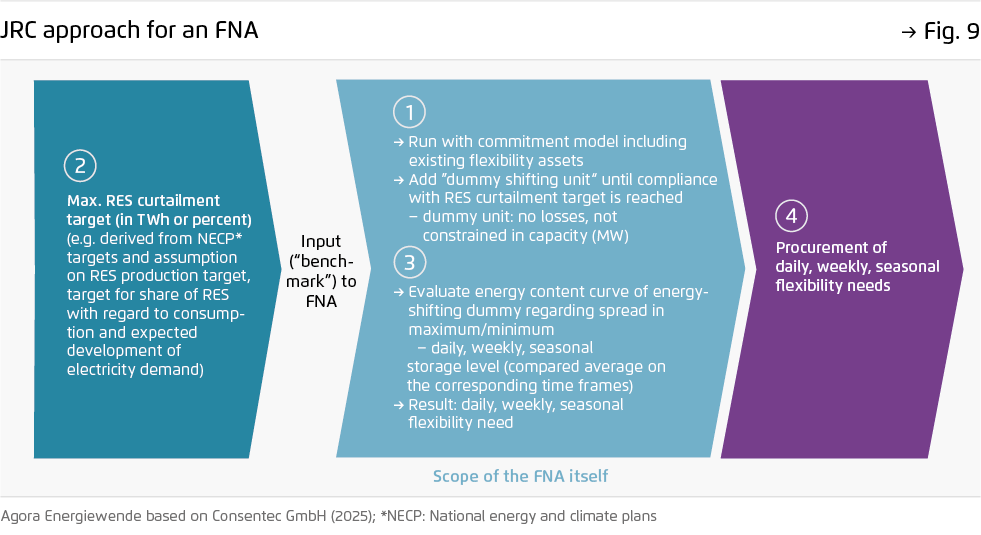-
As Europe integrates more renewable energy each year, growing volumes of decarbonised electricity are going unused due to mismatches between supply and demand in time and location.
In 2024, Germany had to cut back one-fifth of its offshore electricity generation, while Finland saw over 700 hours of negative electricity prices, during which electricity producers were compelled to pay to offload power that could have been used to meet demand in other hours of the day. Shifting electricity demand over time will be key to better integrating renewable energy.
-
Growing renewable surpluses and more frequent negative prices signal the need for greater flexibility in a largely decarbonised power system, creating opportunities for storage and demand response.
Flexibility Needs Assessments (FNAs), required under the EU Electricity Market Design reform, can play a key role in unlocking the potential of these solutions. If designed well, the flexibility assessments help identify the cost-efficient level of flexibility needed to shift surplus renewable electricity to periods of deficit.
-
FNAs should take an integrated approach to system and network needs, including transmission and distribution constraints, to accurately estimate flexibility needs.
Results should directly inform Resource Adequacy Assessments, fully leveraging decarbonised flexibility before resorting to conventional plants. An open-source methodology backed by harmonised data collection would enable comparability across member states and usability for research and market actors.
-
FNAs can help uncover flexibility gaps and support tailored policy action.
Core design principles – such as cost-efficiency optimisation, transparency, recognition of network needs and that they feed into Resource Adequacy Assessments – should be consistent across member states, but policy responses can vary. These may include capital support for storage and demand-side flexibility, adjustments to market rules or network tariffs, or a combination of measures tailored to the specific system context.
Making the most of green electricity
Key principles for identifying flexibility gaps in the power system

Preface
Europe is making strides in decarbonising its power system, with the rapidly expanding share of renewable energy increasingly displacing coal and gas - in the power mix, in setting market prices and in end-use sectors. Yet alongside this successful expansion, increasing unused renewable electricity and periods with negative power market prices point to the deeper structural challenge of integrating renewables into the power system. To safeguard the successful clean energy transition driven by wind and solar, unlocking power system flexibility must now become a central focus.
Recognising this, the European Electricity Market Design reform has introduced Flexibility Needs Assessments (FNAs) as a strategic reporting obligation for member states. FNAs aim to help define the right amount and type of flexibility required to integrate renewables efficiently while maintaining system stability and reducing fossil dependency. The EU Agency for the Cooperation of Energy Regulators (ACER) has until 16 July to finalise an assessment methodology.
This report, prepared by Consentec GmbH on behalf of Agora Energiewende, offers recommendations for such a methodology aimed at maximising the use of available decarbonised electricity – provided it remains cost-efficient. If well-designed, FNAs can form the basis for policy measures that address market barriers and unlock investment in flexibility solutions – accelerating decoupling from fossil fuels and lowering power system costs.
Key findings
Bibliographical data
Downloads
-
Impulse
pdf 837 KB
Making the most of green electricity
Key principles for identifying flexibility gaps in the power system
-
Slide Deck
pdf 676 KB
Making the most of green electricity
Key principles for identifying flexibility gaps in the power system
All figures in this publication
Important design elements and benefits of flexibility..needs assessment methods
Figure 1 from Making the most of green electricity on page 5
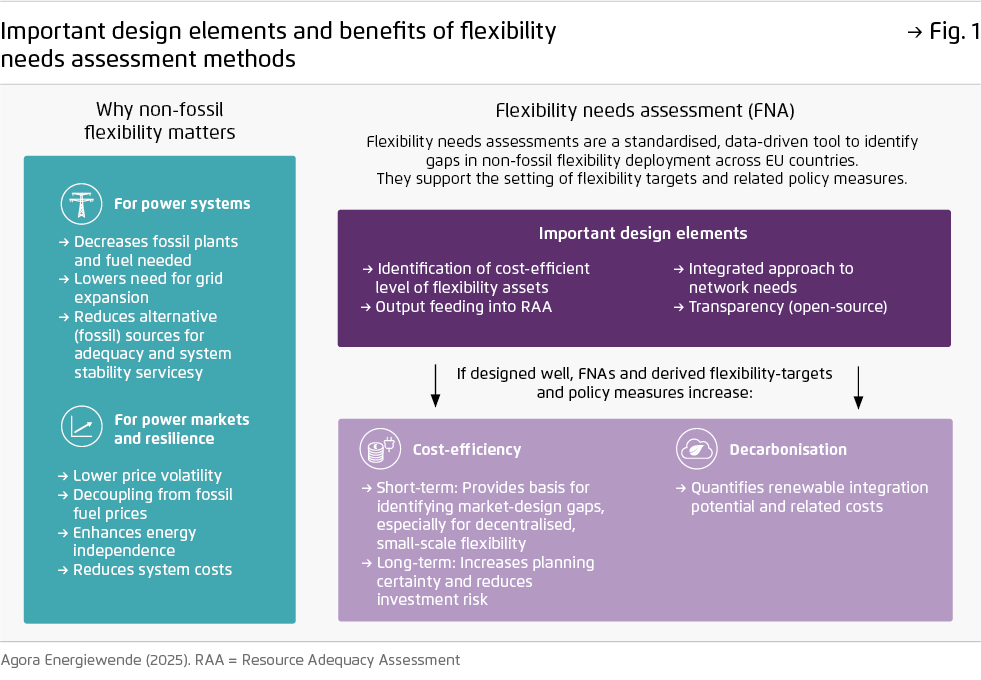
Hourly average generation and demand in Germany
Figure 2 from Making the most of green electricity on page 6
